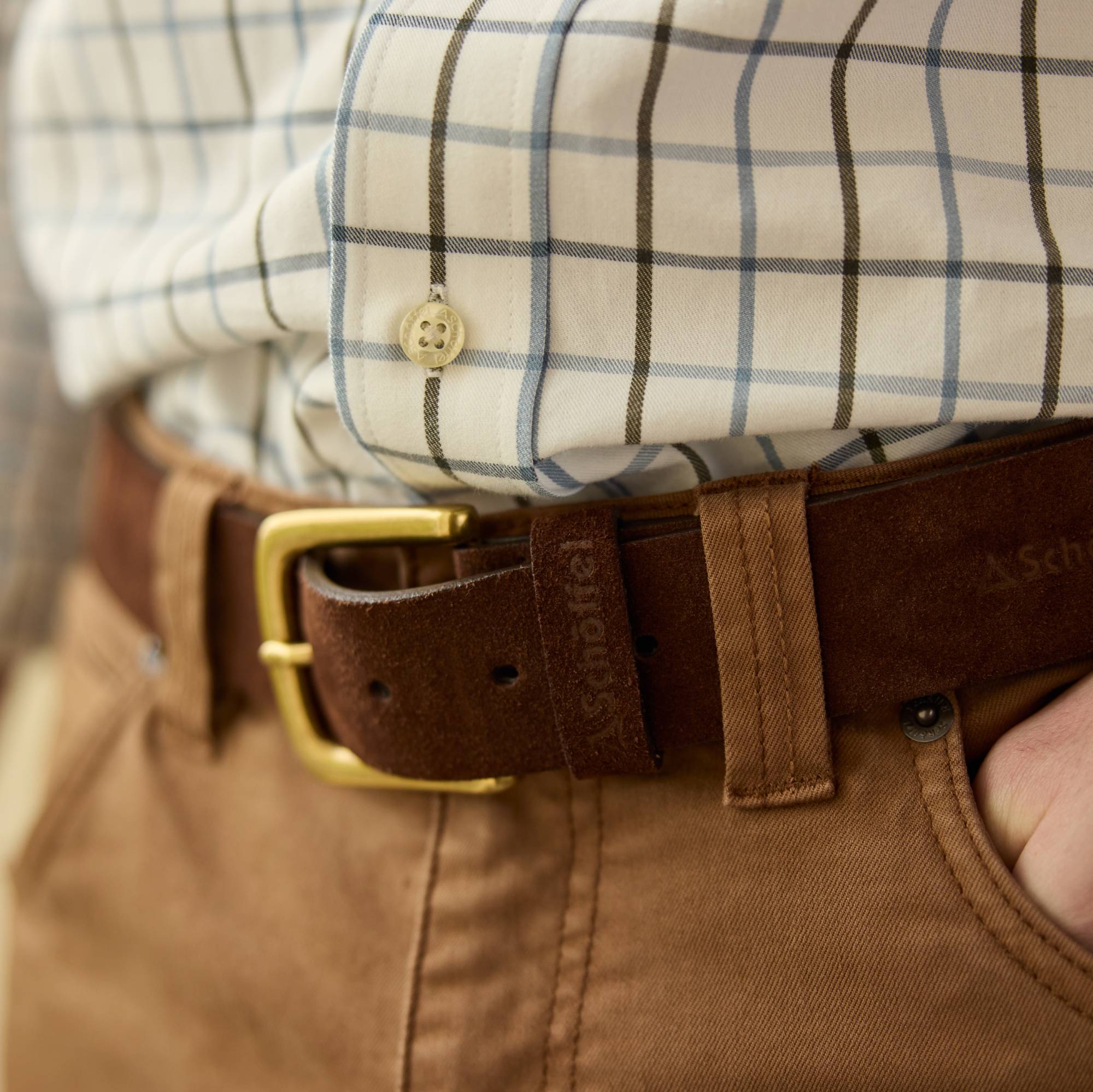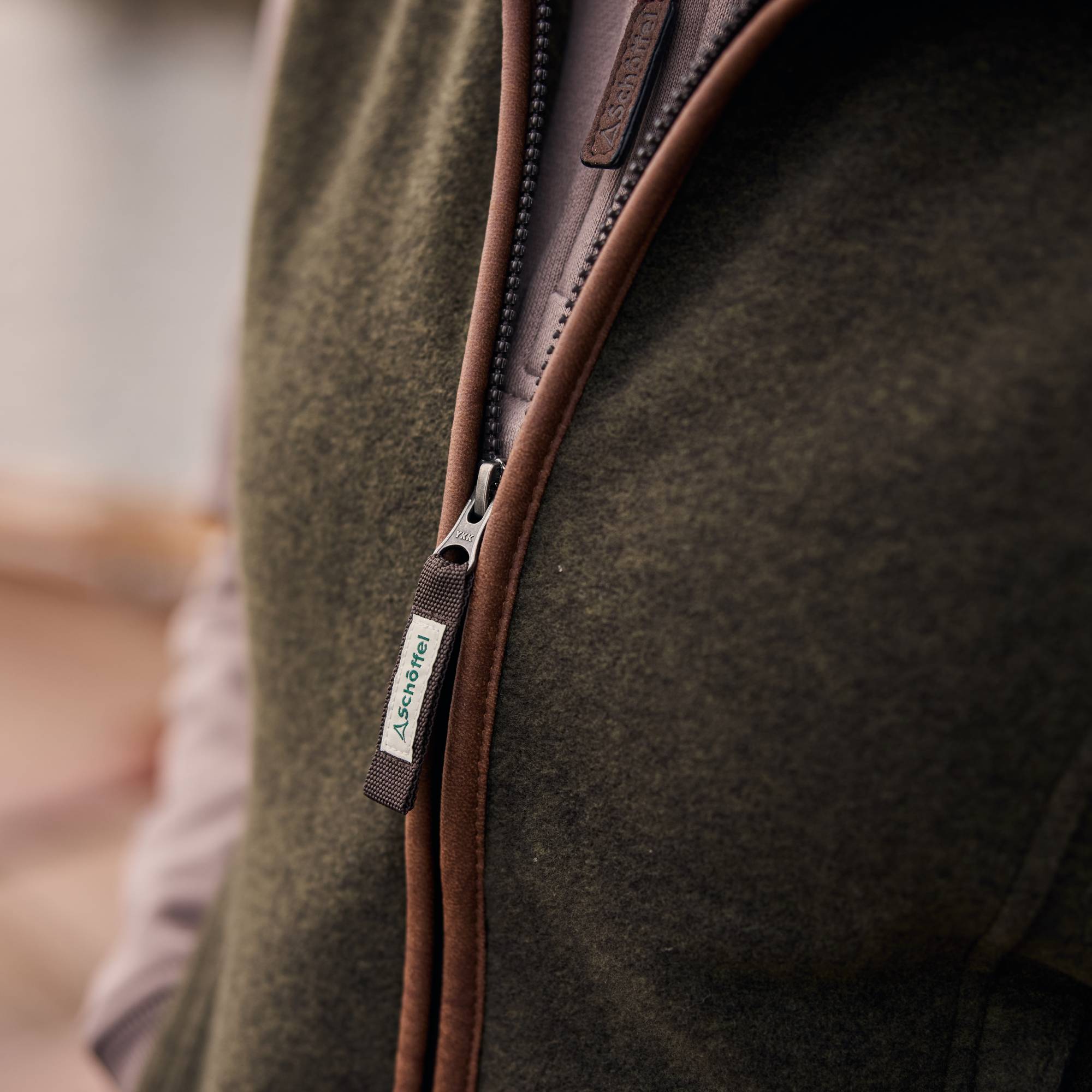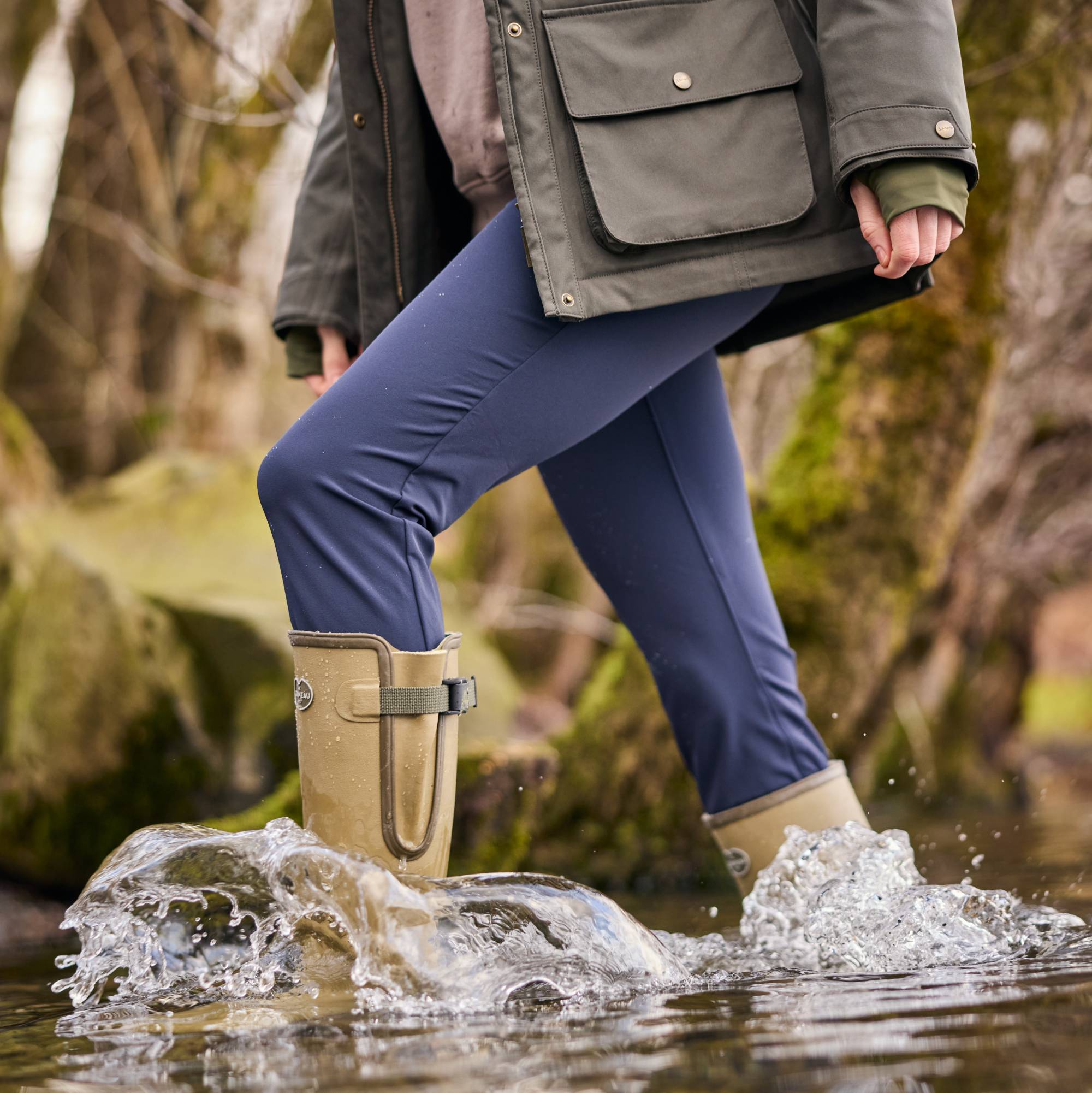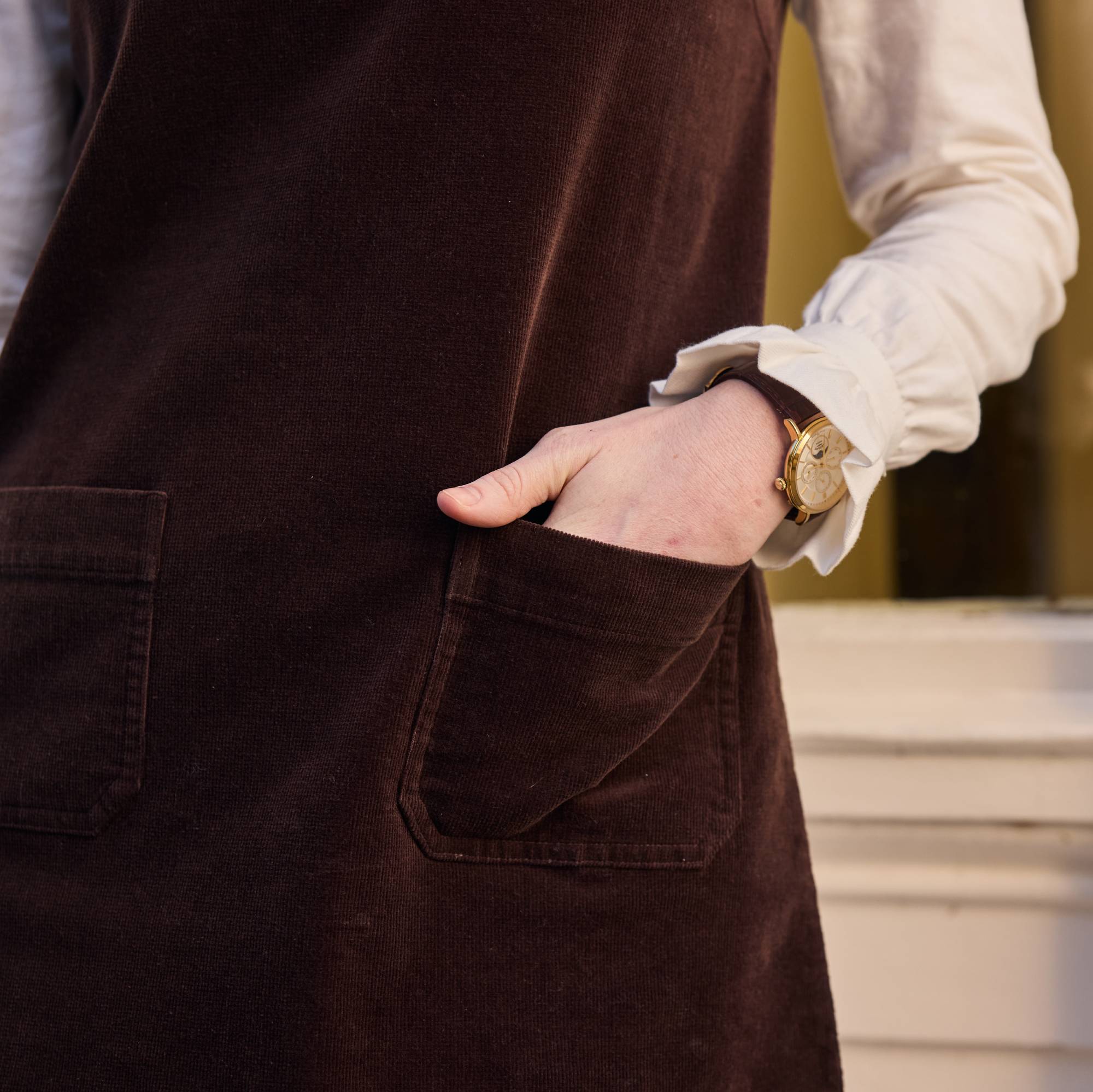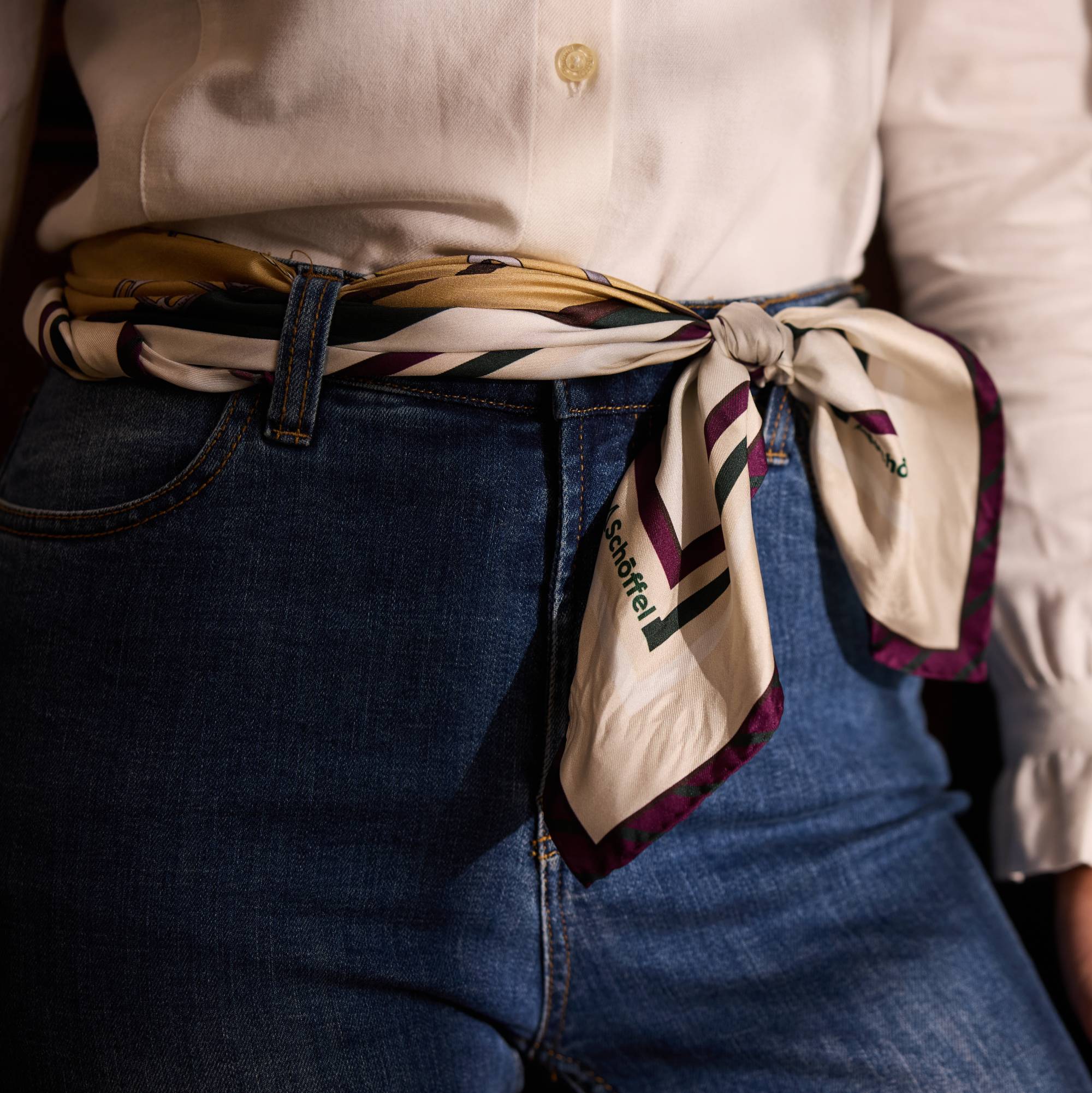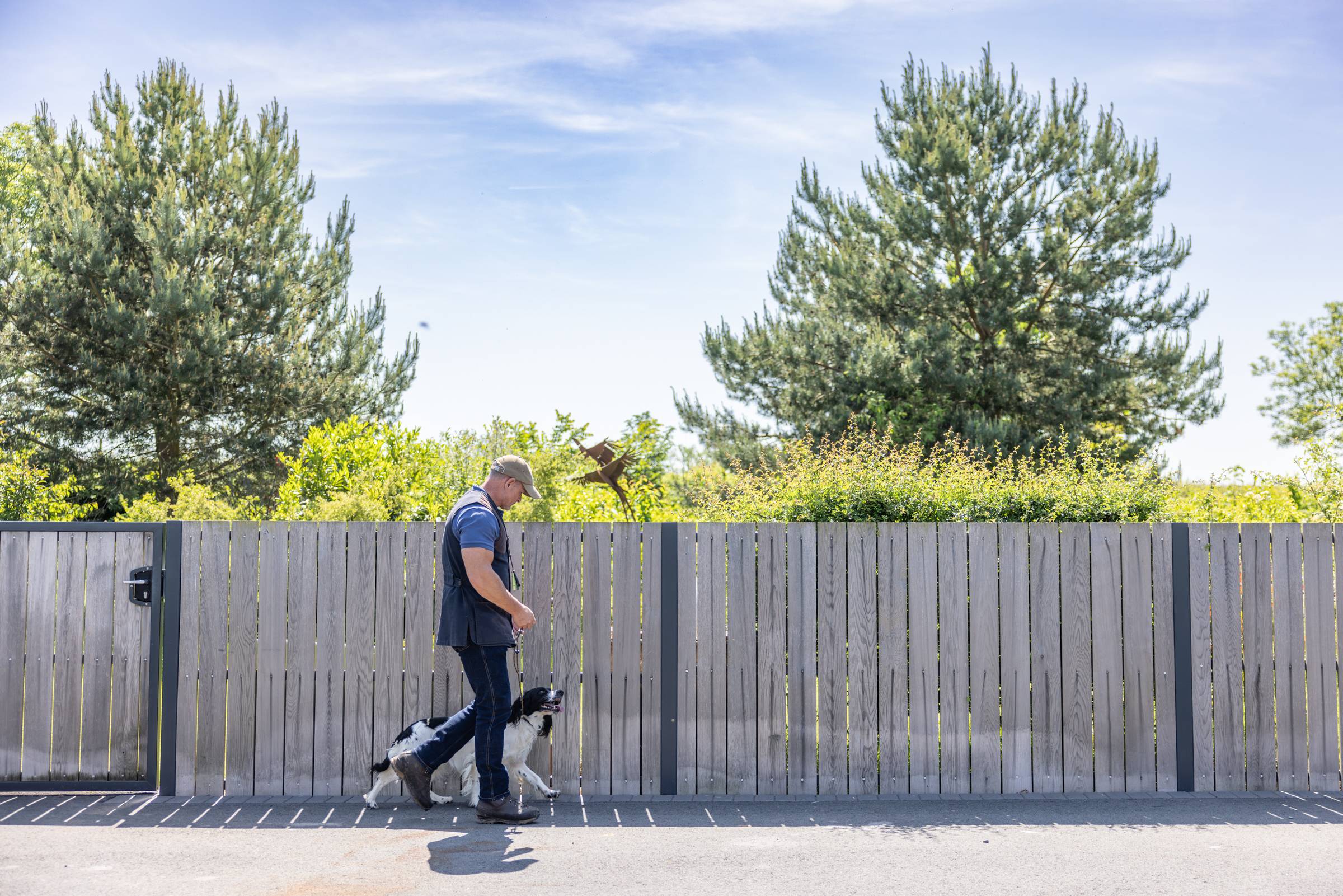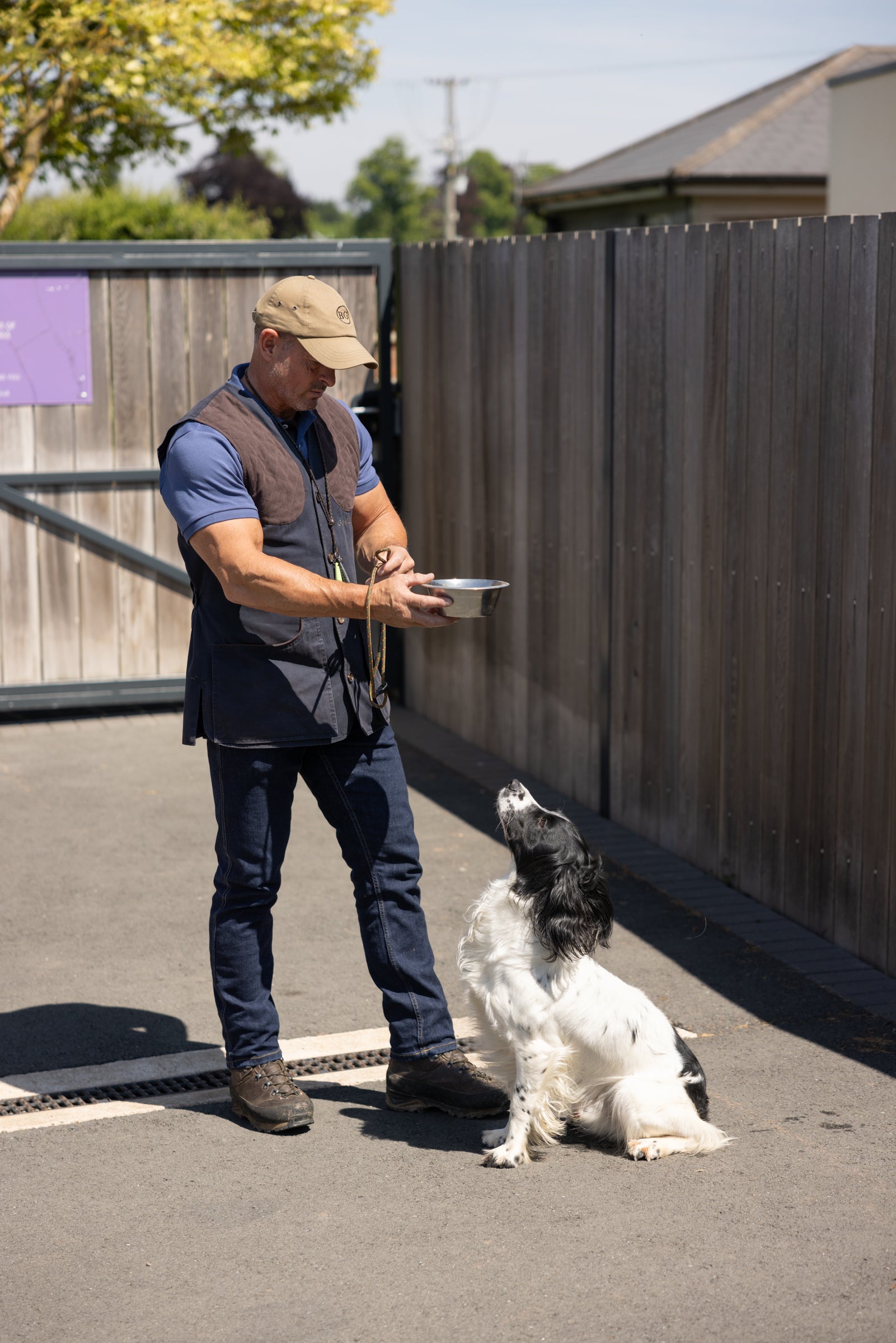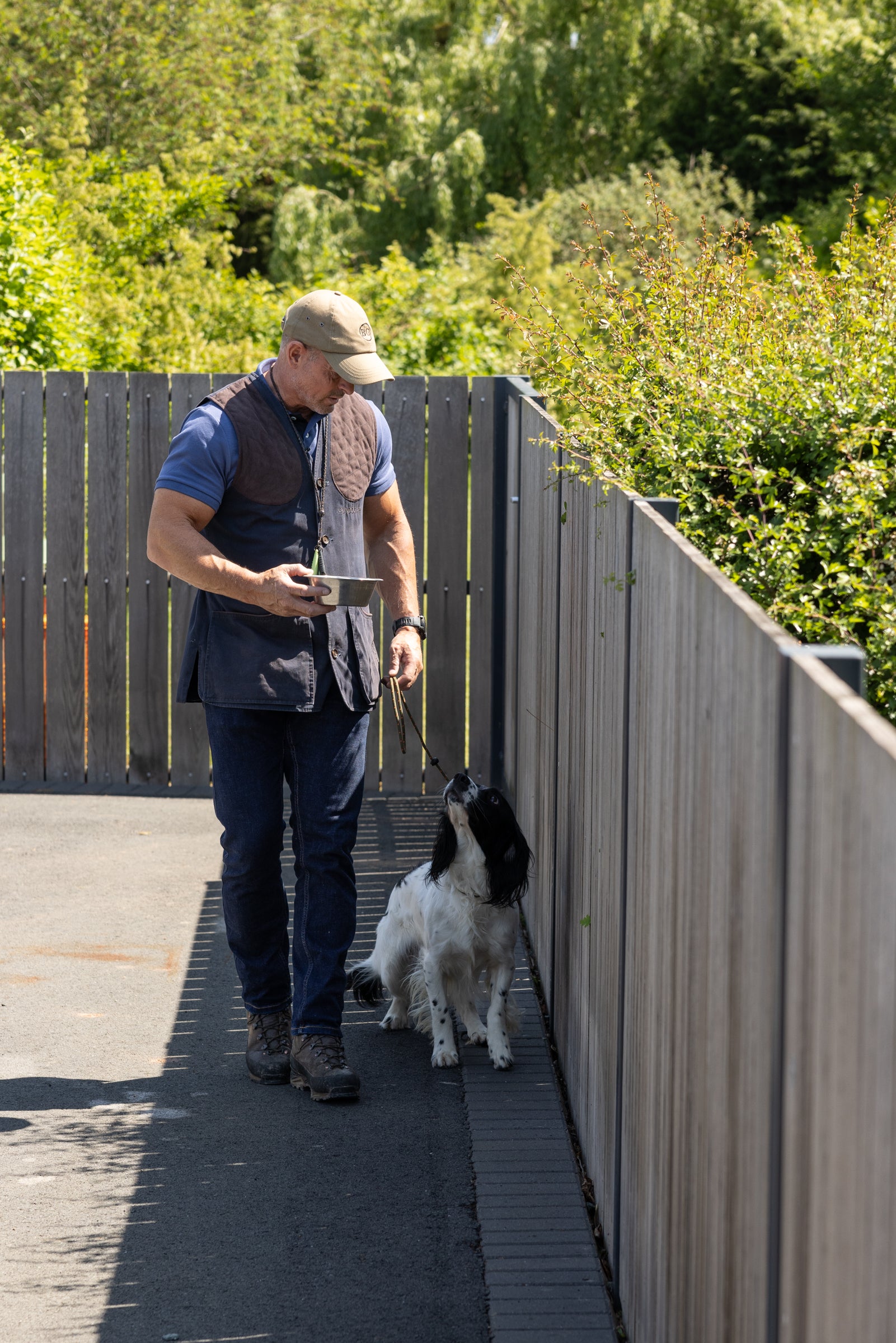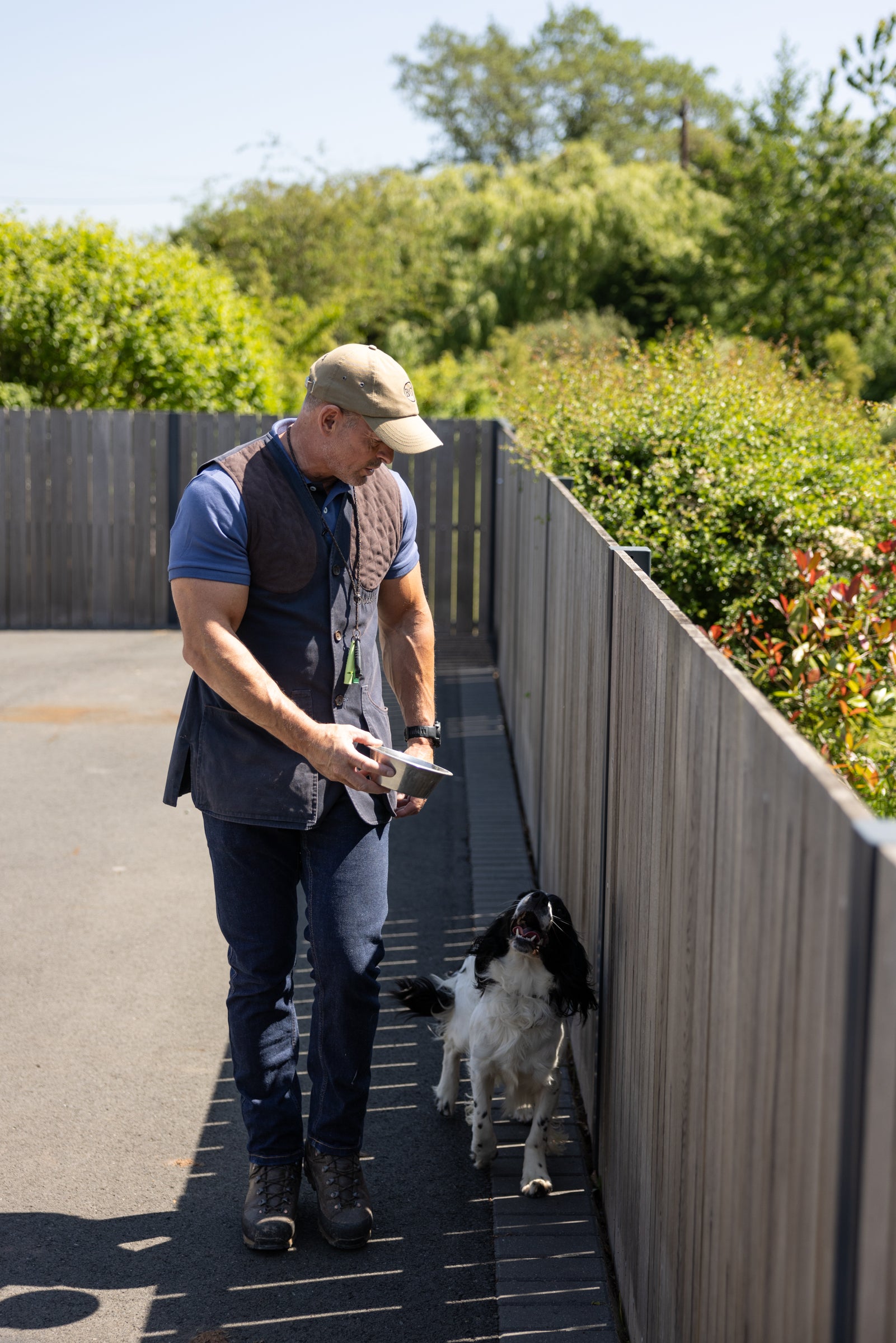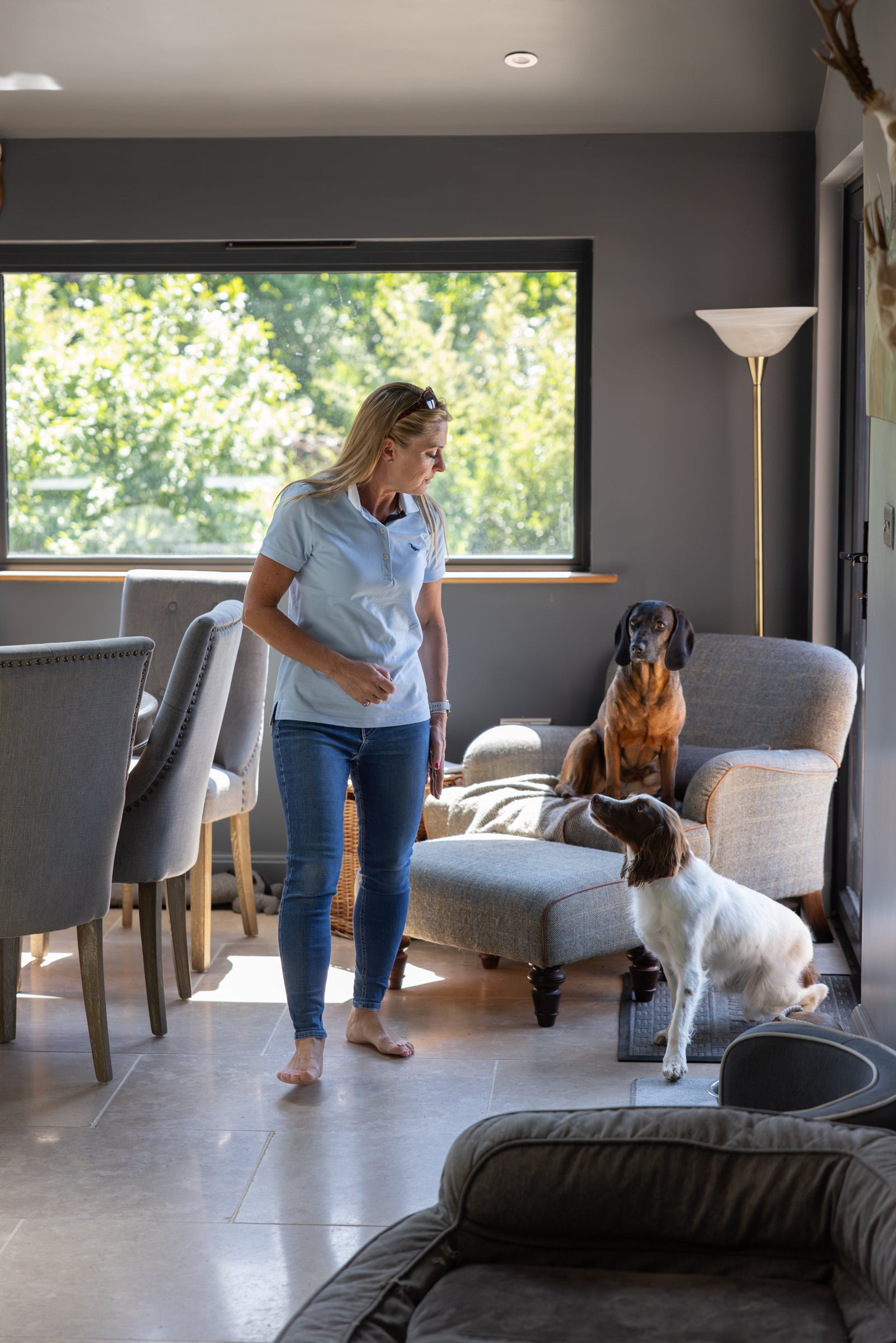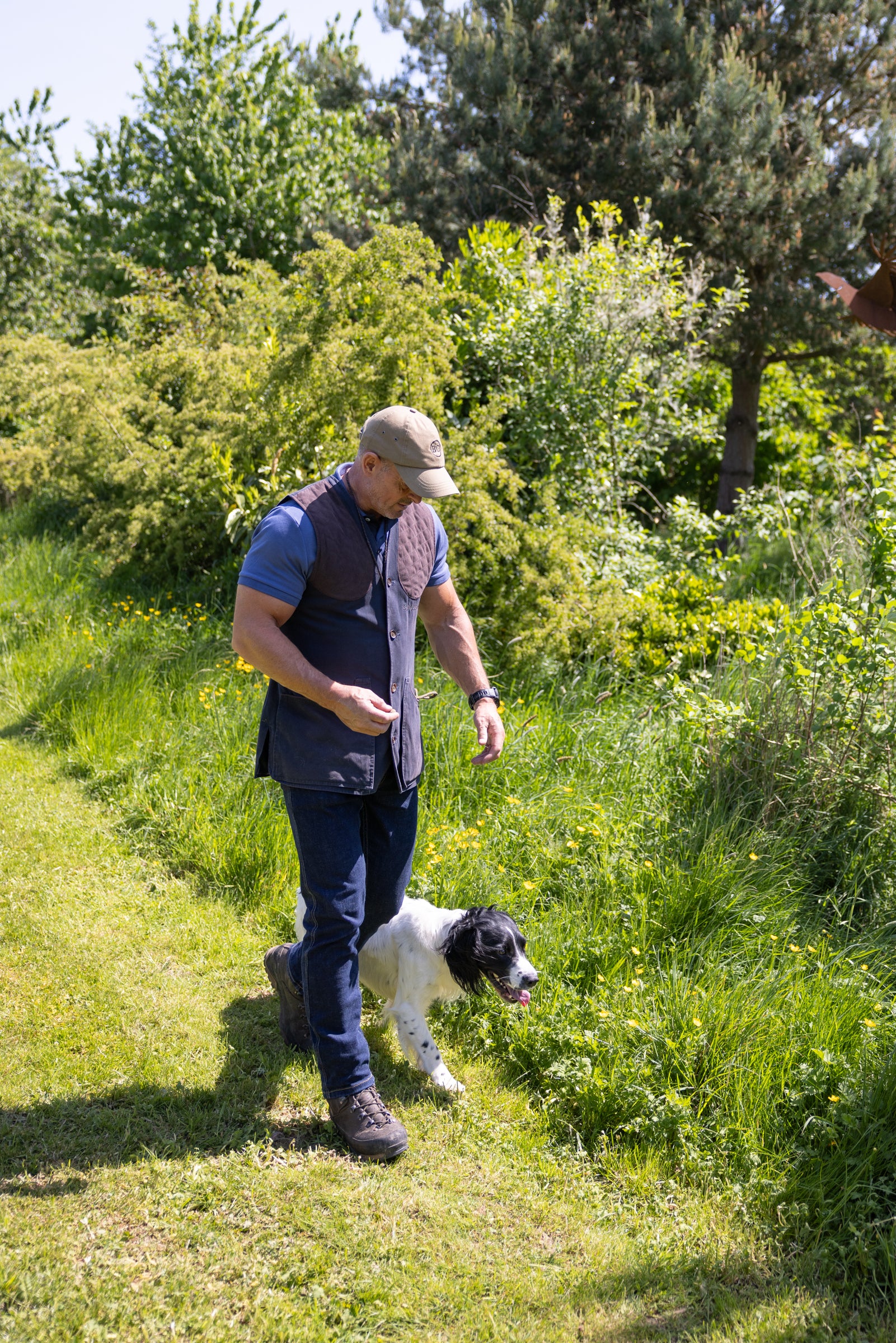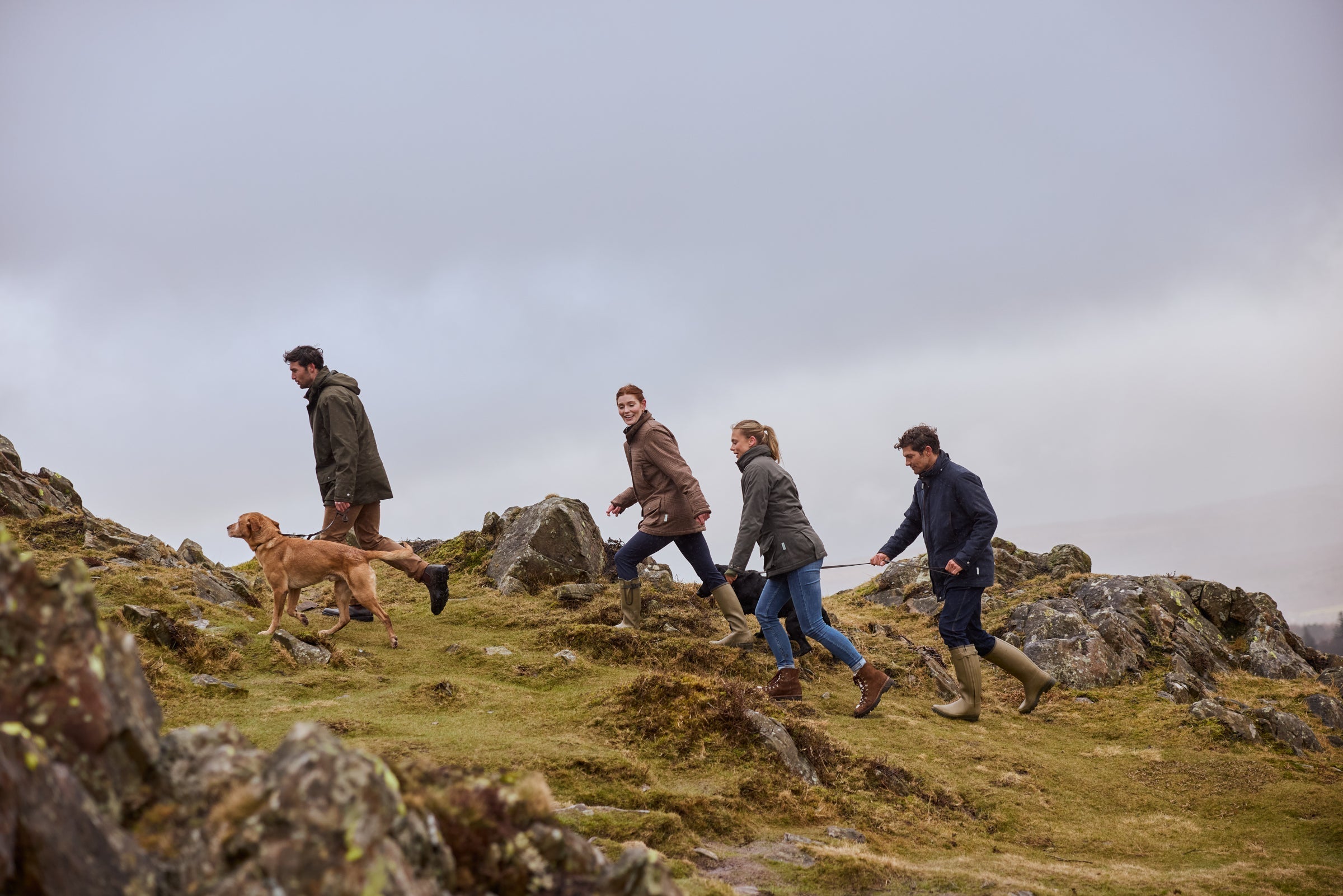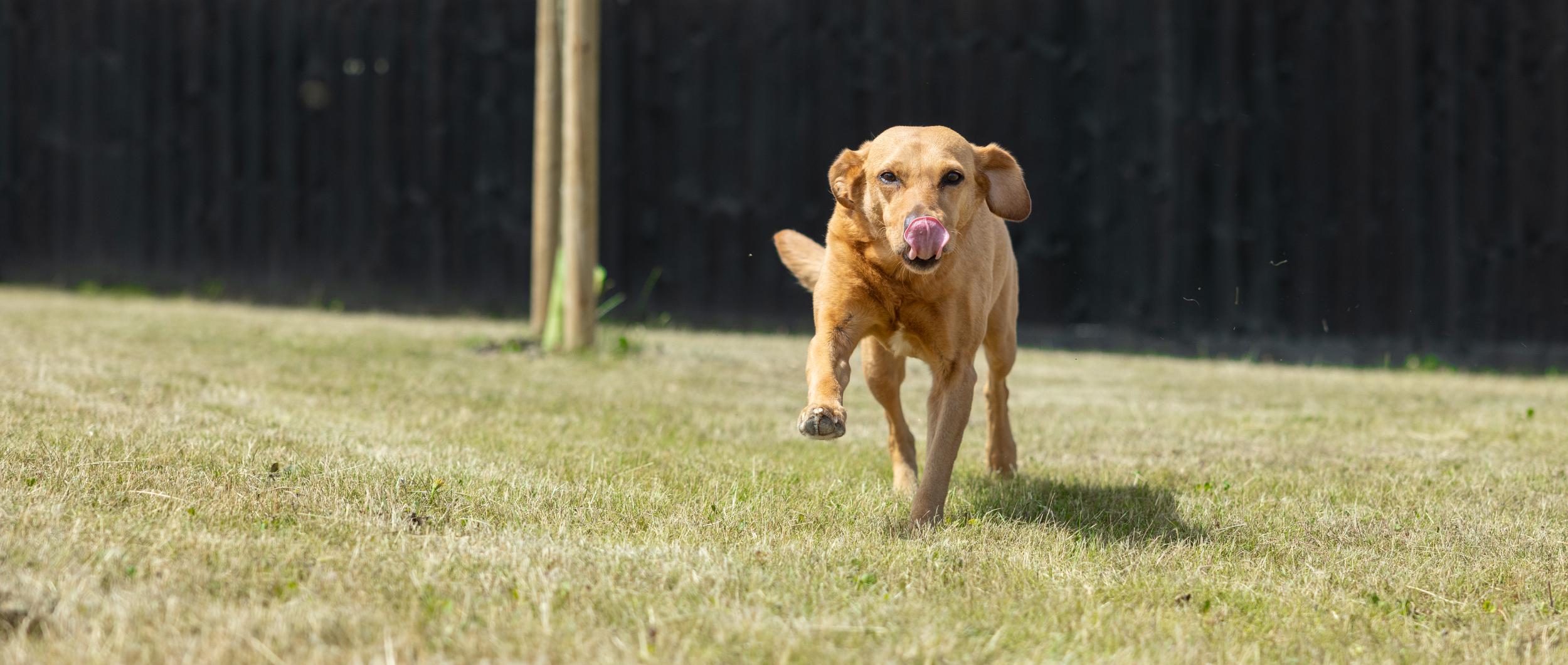

Dog training tips with Ben Randall | Part 2 – teaching your dog heelwork
In part two of our dog training series, Ben Randall of Beggarbush Gundogs in Herefordshire explains how to teach your dog to walk to heel.
A dog that has mastered heelwork is a pleasure to walk. A dog that pulls, lunges, or constantly wanders from our side, on the other hand, can take away from that enjoyment.
We all strive for a slack lead and a dog on the end of it that is still switched on to its surroundings, but poor heelwork can creep in quickly if not taught properly and practised regularly.
In the second part of this four-part dog training series, we’ll focus on how to teach your dog to walk to heel, breaking the process down into simple, easy-to-follow steps that you can practise at home.
First steps: making the lead a positive thing
First thing’s first – we want our dogs to respond in a positive way to the lead. By that, I mean they see the lead as a good thing, but not something to become overexcited about. So often we see dogs getting wound up and bouncing on all fours at the sight of the lead, and while it’s great to see the dog happy, that kind of start to a walk or outing is far from ideal when we’re trying to teach a dog to walk nicely to heel and not pull excitedly.
Heelwork training is an extension of the patience training we discussed in part one of this series. Again, at the outset I use my dogs’ mealtimes as training opportunities when teaching them the heel command, but they will already have learnt to sit and wait patiently, so the heelwork exercises commence in a calm and relaxed manner.
When teaching a dog to become comfortable with having a lead around its neck, I use a food bowl and ensure the dog can see the food bowl in my hand, through the loop of the lead, as I slip the lead on; its focus, then, is on the food and not the lead. And it’s a positive experience.
For the first few days I may just practise putting the lead on the dog and then and taking it off, while the dog sits and stays calm, rewarding it afterwards with its food.
Once the dog sees the lead as a positive and has no issue with the lead being around its neck, I’ll hold the food bowl in my right hand, the lead in my left hand, sit the dog up between me and a solid barrier – like a fence or a wall – and then begin to walk, giving the command ‘heel’ clearly when I set off, being careful only to say the command when I start to walk or change direction, otherwise it just becomes white noise.
The aim is to channel the dog into the area next to my left leg, looking at the food bowl in my right hand. The barrier on my left will help with this. I will repeat this exercise a few times, breaking up my dog’s meal into a few portions to provide several small training opportunities. Only when the dog is performing the exercise without fault – and that could take days or weeks – do I move on to the next stage.
Making the transition to walking off the lead
Progression towards walking to heel off the lead must be incremental. As with all training, we want the steps to be small and easy to make. And we must be ready to rewind a few stages if we feel the need to polish them further before progressing.
For this next stage, I will still put the lead over the dogs head, but instead of holding the long, loose end, I will double it back around the dog’s neck and tuck it under the collar area so there is a short piece of lead protruding – just enough to hold for the first couple of yards while saying ‘heel’.
This way the dog still feels connected to me from the start, even if after a few footsteps I let go of the lead and it is walking without being physically attached to me.
After practising this, we can then take the lead off the dog, repeating the same exercise with the noose of the lead hanging freely from my hands into the area around the dogs nose. Again, this breaks down the move from on lead to off lead, and I continue to use a barrier on my left side, in a distraction-free area, to improve our chances of success.
Once mastered, the lead can then go in a pocket and out of sight and I can repeat the exercise again. Remember, though, that mixing up the training and going back to having the dog on the lead regularly is a good idea – consistent practice is key.
Training opportunities around the home
Training in a controlled area is always advisable to begin with. Then, as our dogs master each step, we can begin to practise in other environments where there may be a little more going on. This should never feel like a big jump; we still want our dogs to succeed and build confidence in us and the training they are doing.
A good way to do this is to introduce short exercises around the house. It can be as simple as patting your left leg and saying ‘heel’ during a quiet moment in the kitchen while walking away from the dog, naturally encouraging it to follow and come to our left leg.
We’re always trying to strengthen the association between the command and our left leg, and it has to be seen as a positive thing, so mix praise with the occasional bit of kibble as a reward when your dog responds correctly. My family members will also do the same – we’re all briefed on the command, what it means, and what we expect the dog to do when we say it.
Do we reward all the time? No. It will be every so often or after a sustained period of doing things right – even if that period is three minutes long, with five short walks to heel completed. I think a dog can become spoilt if rewarded with food too often. I want my dog to understand that if they watch me, respond to me, and trust me, the reward will eventually come, and that might be an affectionate pat, or it might be a bit of kibble.
Distractions and new environments
Of course, in the real world when we take our dogs out, we won’t be in a controlled environment that is free of distractions. So, we do need to introduce these distractions, but very gradually, and only once the dog understands the heel command and responds to it every time.
I will often start this transition in the garden, alongside a hedgerow or a border. It’s not quite the solid barrier of a fence or a wall that we’ve had the dog walking alongside up until this point, and it has a few new smells and temptations.
I follow the same steps as I did in the distraction-free area, making the gradual transition over days or weeks from on the lead to off the lead. I want the dog looking at me frequently, but I don’t want it completely fixated – he or she needs to be aware of the immediate surroundings, too.
Then we can start adding other distractions. We might, for example, practise the same sequence when other dogs are in the garden with us, or while someone is playing a ball game nearby – all the time simulating distractions that we can build and add to before we eventually take the dog out with us on a walk.
How long does it take to teach a dog to walk to heel?
People often ask me about timeframes – how long it is going to take them to teach their dog to walk to heel. I think it’s always important to remember that every dog and every owner is different. Some will pick it up more quickly than others. Crucially, it is not a race; there should never be any pressure to reach a set level by a particular date. More than that, training should be seen as a life-long journey, not something that is completed and then stopped. Consistency is vital; we have to continually practise heelwork in the same way we’re always striving to hone the recall, further develop patience, and polish our dogs’ manners.
What are the key things to remember when teaching our dogs to walk to heel?
1. The lead and heel command should both mean something positive – that is the aim from the outset.
2. When teaching your dog to walk to heel, start in a distraction-free environment and use barriers like
fences and walls to naturally channel your dog as he or she walks beside you.
3. Avoid overusing the ‘heel’ command; use it once when setting off and then whenever you change direction. Use it too often and it will become meaningless.
4. Practise regularly, with full focus on your dog. How many people do you see distracted by their smartphones when walking their dogs? Our dogs pick up on this.
5. Keep training sessions short, positive, and relaxed.




